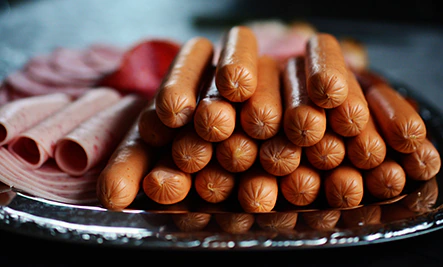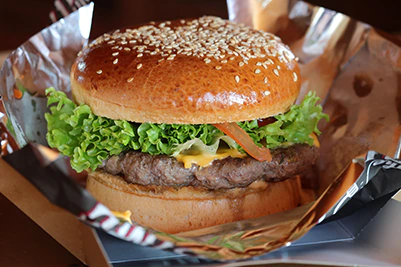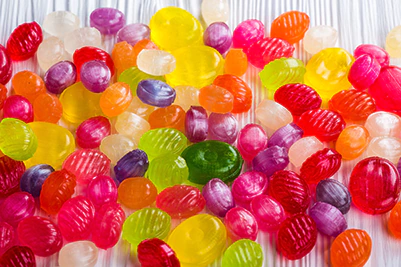| Additive Summary | Red 2G (E128) |
|---|---|
| Essence | Red 2G or E123 is a synthetic azo dye (artificial color) banned in many countries, including European Union, the USA, and others. It is used for red color. |
| Names | Red 2G, E128, Rouge 2G, Food Red 10, CI 18050, Azogeranine, CAS 3734-67-6, Azo Geranine 2G, Azophloxine, Azofloxin, D&C Red 11, Acid Red 1, and others. |
| Sourcing | It’s fully synthetically made. It’s a derivative of coal tar. More on sourcing is unknown. |
| Manufacturing | Unknown. |
| Application | Coloring (red, very water-soluble). |
| Acceptable Daily Intake | Red 2G has been banned in a plethora of countries like the EU, Canada, Japan, the USA, Israel, and Australia. |
| Side Effects | This artificial color has been linked to cancer. It can also cause powerful allergic and asthma-related reactions, lead to hyperactivity (ADHD), irritability, infertility, brain damage (neurotoxin), and obsessive-compulsive disorder, as well as have other ill effects. |
| Benefits | None. |
| Studies | 20+ studies on Pubmed. Less than 5 studies on safety. |
| Allergens | None. |
| Diet Restrictions | None. |
| Assessment (As An Additive) |
Seriously Harmful. | Category 5 Additive. |
| Products | Red 2G (E128) is pretty non-existent with supplements. Never used as the beneficial (active) ingredient. Can’t be found naturally in foods. It used to be allowed in sweets and various meat products, including sausages and burger meat. |



